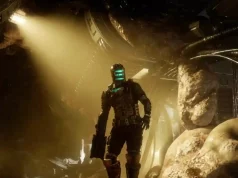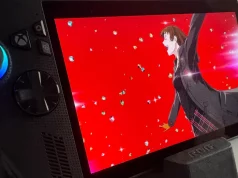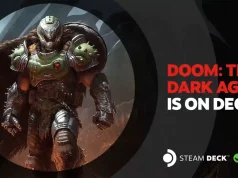I know this take is so hot it could make Mario sprint in circles yelling “Ahahahah!” while holding his scorched backside, but…I’ve never really cared for Super Mario Galaxy.
When I first played the Nintendo Wii’s celebrated 3D platformer, I enjoyed it for a weekend, returned it to Blockbuster, and moved on. A decade later, Super Mario 3D All-Stars on Switch tempted me back, but most of my hours were swallowed by Sunshine, which I finally managed to finish after a childhood spent stuck on Isle Delfino. Galaxy? Even now, I slip from its grasp as easily as Mario escaping a tiny planet’s gravity well.
Nintendo’s announcement that both Galaxy games were coming to Switch — and even Switch 2 — gave me the push to properly finish the first. My verdict hasn’t changed much: it’s fine. But picking up Galaxy 2 shortly after, I was stunned. It doesn’t just feel like a sequel — it feels like the game Galaxy always should have been.
The fact that both share identical Metacritic scores is baffling. Only one of them truly earns the universal acclaim a 97 suggests.
Why Galaxy 2 Outshines the Original
My biggest complaint about Galaxy is its lack of atmosphere. Every level is built around tiny planets that feel less like distinctive worlds and more like floating obstacle courses in the void. Often, the planets within a single mission feel disconnected — stray assets lumped together, like Bennett Foddy’s infamous “mountain of trash” in Getting Over It.
Galaxy 2 keeps the quick-hopping, planet-to-planet design but gives those worlds room to breathe. Levels have larger, more explorable planets alongside smaller globes, and overall, they feel thematically coherent rather than cobbled together from space debris.
I’ll always have a soft spot for the 64/Sunshine/Odyssey approach — rich, self-contained playgrounds like New Donk City or Bob-omb Battlefield — but Galaxy 2 leans closer to its future sibling 3D World. And 3D World is a very, very good game.
Hubs With Personality
Atmosphere isn’t just about levels — it’s about where you come home to between them. In Galaxy, Rosalina’s spaceship felt empty and awkward, more waiting room than living space. Its sloped design made triple-jump experimenting frustrating, as you could slip right off the edge.
In Galaxy 2, your hub is a cheery starship shaped like Mario’s head, safe from accidental falls and bustling with Toads and a big purple Luma named Lubba, who’s always ready with some chatter. It’s not quite Peach’s Castle or Delfino Plaza, but it’s warm, friendly, and fun to spend time in — something Galaxy never achieved.
Levels That Actually Deliver
Where Galaxy 2 really shines is in its inventive mechanics. One mission lets you drill through dirt for clever geometry-based puzzles; another turns Mario into a boulder smashing through crystal barriers. You get the bee suit for aerial exploration, hop onto Yoshi for fast traversal, and switch up powers from level to level in ways that keep your moveset fresh.
Any of these could have existed in the first Galaxy, but it feels like Nintendo needed that extra game to truly tap into the concept’s potential. The result is a sequel that refines and elevates everything — a planetary leap forward.
I’m glad I went back. I’m even gladder Nintendo did, because Galaxy 2 finally delivers on the promise of the Wii’s best cosmic idea.










